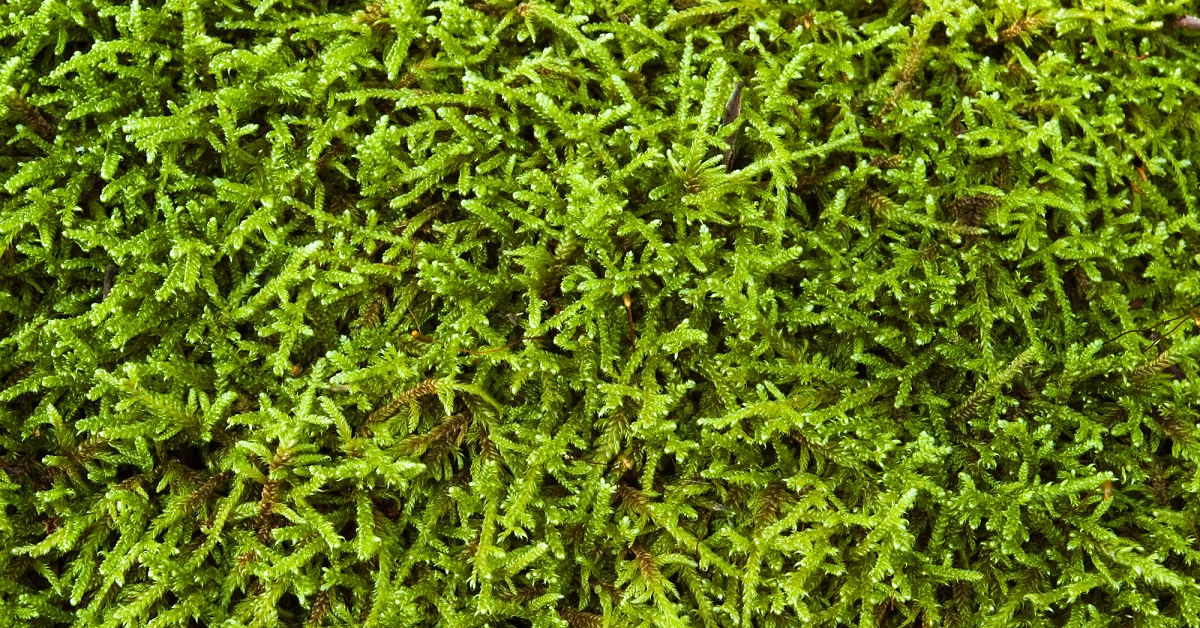There’s an old adage that “a rolling stone gathers no moss.” Stones might not be gathering moss, but traditional healers think you should if you want to maintain good health.
Over the last 2,000 years, traditional healers have used moss medicinally to cope with a variety of ills. In China, moss has long been used for heart problems. In Iceland, another type of moss is used for coughs, indigestion and wound healing.
And a natural chemical in club moss called huperzine A has been shown by medical researchers to potentially stave off the memory problems that lead to Alzheimer’s disease.
Club moss belongs to a family of plants called bryophytes – considered to be the first type of plants to live on land. The research into the large number of natural chemicals in these plants has only recently begun and is not very well-developed. As a group of scientists in the U.S. and Europe point out, “It is just the beginning for us to understand the molecular and biochemical basis” of these compounds.1
Helping Cognition One Neurotransmitter at a Time
Huperzine A, though, is one of the compounds that has been more closely analyzed and tested than other substances from moss. The reason: In the brain and other parts of the nervous system this natural chemical helps to slow the breakdown of a neurotransmitter that’s lost when your brain suffers cognitive problems caused by Alzheimer’s disease.
Neurotransmitters are substances that help neurons communicate with each other. They’re key to being able to retain memories, call them to mind and act on them. Neurotransmitters also have other functions like transmitting signals to muscles. And they can influence your emotions and feelings.
Acetylcholine, the neurotransmitter that huperzine A can protect, is crucial for helping you focus your attention, learn new information and remember what you’ve learned.
A study in Australia, for instance, shows that when you need to give your full concentration on learning new information or making an observation, it’s the creation and release of acetylcholine that enables this process to take place.
The Cholinergic System is Critical for Sharp Memory
According to the Australian scientists at Queensland University, focusing our attention requires the action of neurons in the brain’s neocortex – a layered part of the brain that contains gray matter which surrounds another part of the brain that contains white matter. And these neurons are brought into action by acetylcholine.2
This “cholinergic system,” the scientists add, acts like a master switch and enables your brain to quickly understand which of your sensory inputs, such as seeing something written down, hearing a warning or feeling the room getting hotter, needs your attention.
“The cholinergic system broadcasts to the brain, ‘this thing is really important to be vigilant to’,” says researcher Stephen Williams. “Destruction of the cholinergic system in animals profoundly degrades cognition, and the formation of memory. In humans a progressive degeneration of the cholinergic system occurs in devastating diseases that blunt cognition and memory, such as Alzheimer’s disease.”
Under normal circumstances, the brain maintains the right balance of acetylcholine in a constant cycle of creating this neurotransmitter and disposing of excess. But things can get out of balance when, for reasons that are not well-understood, the body creates excess acetylcholinesterase, an enzyme that destroys acetylcholine.
Improves Cognition for Alzheimer’s Patients
However, huperzine A, according to numerous studies, can block the actions of this enzyme.3Plus, research indicates it can help some people with Alzheimer’s disease improve their cognitive abilities.4
Other researchers note that huperzine A can protect the mitochondria (energy producing organelles) in neurons from harm.5And that action can improve brain health.
Huperzine A has also been shown to reduce oxidative stress that can kill neurons6 and it can defend neurons from harm caused by reductions in blood flow.7
Further studies of huperzine A indicate it can:
Relieve some of the brain problems caused by sleep apnea: A study in Asia found that while apnea can lead to neurological damage in the brain, huperzine A may counter some of this problem with its antioxidant action and by reducing iron overload in the hippocampus, one of the brain’s memory centers.8
Improve some cases of hearing loss: By reducing inflammation in cochlear neurons – nerve tissue that carries auditory input to the brain – huperzine A can reduce physical damage that impairs hearing.9
Provide seizure protection in some types of epilepsy: Research at Emory University in Atlanta shows that by inhibiting the enzyme acetylcholinesterase, huperzine A may reduce the number of seizures in people whose epilepsy is caused by certain genetic mutations.10
Taking Huperzine A
Huperzine A is available as a supplement. Even as you read this, more studies are being carried out to decide the best way to use huperzine A. For example, one study shows that combining this compound with astaxanthin – an antioxidant found in fish, algae and bird feathers – may have a synergistic effect in multiplying its antioxidant neuroprotective benefit.11
And there’s plenty more to discover about the health benefits of moss. While huperzine A has already been shown to support brain health, I’m sure there are other important discoveries soon to follow that focus on this compound and other intriguing substances in these frequently overlooked plants.
- https://www.tandfonline.com/doi/full/10.1080/07352689.2018.1482397
- https://www.cell.com/neuron/fulltext/S0896-6273(18)31044-4
- https://pubmed.ncbi.nlm.nih.gov/17056129/#:~:text=Huperzine A (HupA)
%2C a,animal models and AD patients - https://journals.lww.com/jcma/Fulltext/2019/01000/Huperzine_A_response_
to_cognitive_impairment_and.8.aspx - https://www.ncbi.nlm.nih.gov/pmc/articles/PMC4448999/
- https://pubmed.ncbi.nlm.nih.gov/11754078/
- https://pubmed.ncbi.nlm.nih.gov/10856449/
- https://pubmed.ncbi.nlm.nih.gov/32209423/
- https://pubmed.ncbi.nlm.nih.gov/31554431/
- https://pubmed.ncbi.nlm.nih.gov/27799911/
- https://www.ncbi.nlm.nih.gov/pmc/articles/PMC7003047/







